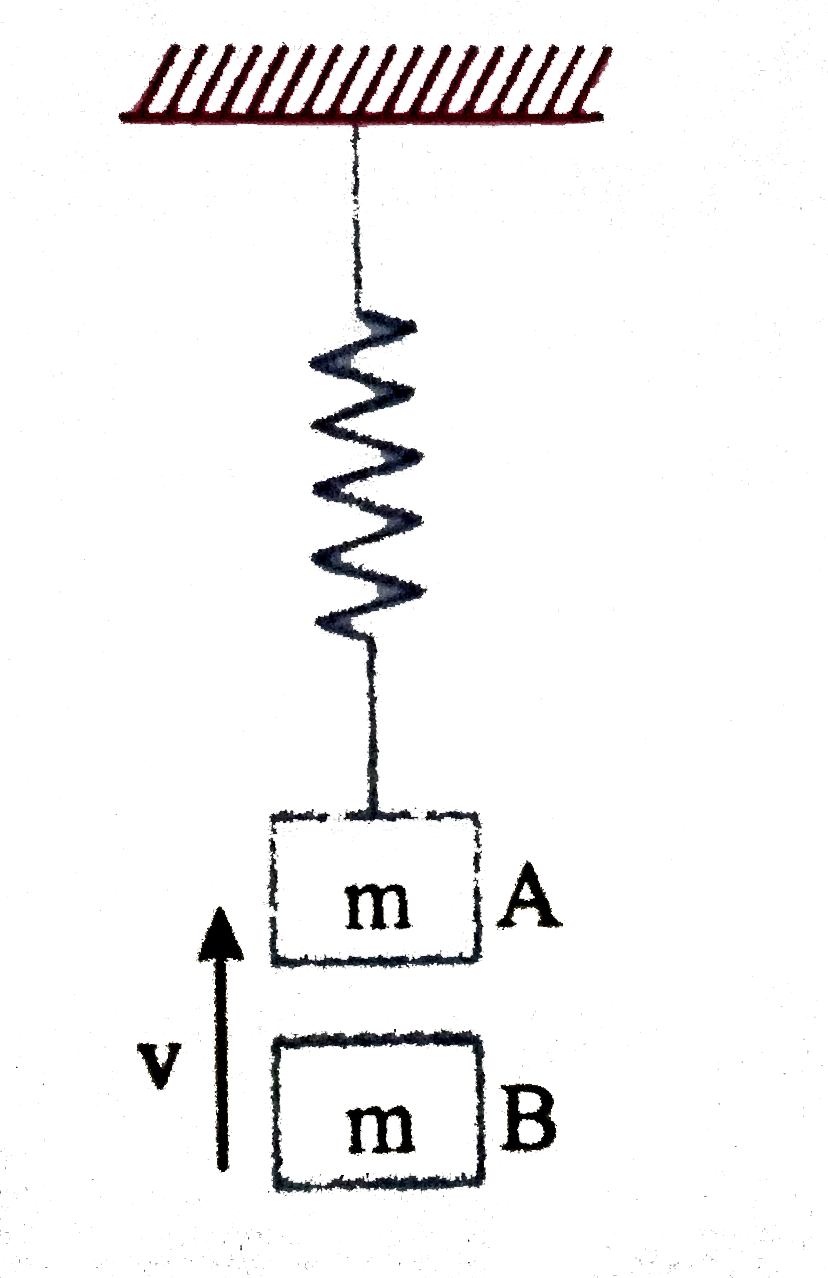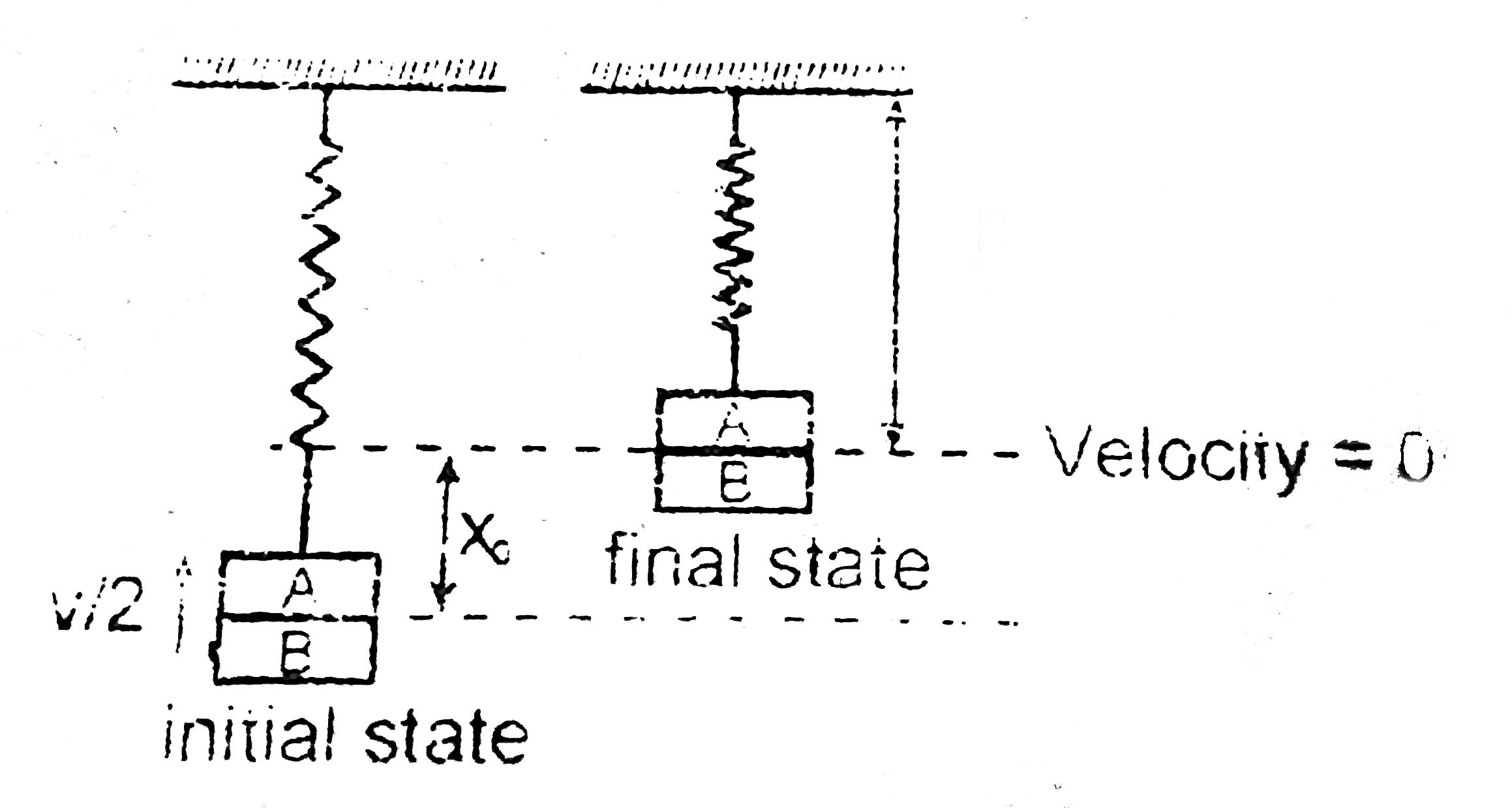A
B
C
D
Text Solution
Verified by Experts
The correct Answer is:
|
Topper's Solved these Questions
DAILY PRACTICE PROBLEM
RESONANCE|Exercise DPP No.41|9 VideosView PlaylistDAILY PRACTICE PROBLEM
RESONANCE|Exercise DPP No.42|20 VideosView PlaylistDAILY PRACTICE PROBLEM
RESONANCE|Exercise DPP No.39|9 VideosView PlaylistCURRENT ELECTRICITY
RESONANCE|Exercise High Level Problems (HIP)|21 VideosView PlaylistELECTRO MAGNETIC WAVES
RESONANCE|Exercise Exercise 3|27 VideosView Playlist
Similar Questions
Explore conceptually related problems
Knowledge Check
A
B
C
D
Submit
A
B
C
D
Submit
A
B
C
D
Submit
Similar Questions
Explore conceptually related problems
RESONANCE-DAILY PRACTICE PROBLEM-DPP No.40
- Block A is hanging from vertical spring of spring constant K and is re...
05:25
|
Playing Now - A block A is kept on a rough inclined plane. Initially theta = 0. The ...
03:05
|
Play - A long plank of mass M is initially at rest on a frictionless surface....
05:38
|
Play - The Schrodinger equation for a free electron of mass m and energy W wr...
02:42
|
Play - The amplitide of a particle due to superposition of following S.H.Ms. ...
03:00
|
Play - An ideal ammeter is connected in a circuit as shown in circuit diagram...
02:56
|
Play - A circuit has a section Ab shown in fig. The emf of the source equals ...
02:22
|
Play - Two identical plates with thermal conductivities K and 3K are joined t...
05:20
|
Play - Figure shows a solid metal sphere of radius a surrounded by a concentr...
03:41
|
Play - An air capacitor is completely charged upto the energy U and removed f...
Text Solution
|
Play - A capacitor of capacitance C carrying charge Q is connected to a sourc...
01:05
|
Play - The galvanometer shown in the figure reads 3A, while the ideal voltmet...
02:30
|
Play - In a potentiometer experiment the balancing with a cell is at length 2...
02:06
|
Play - A block of silver of mass 4 kg hanging from a string is immersed in a ...
04:43
|
Play - If a pendulum swings with the same period at the top of the mountain a...
02:03
|
Play - Figure shows variation of acceleration due to gravity with distance fr...
05:34
|
Play - Two planets A and B travel counter clockwise is circular orbits around...
03:44
|
Play - Fountains usually seen in gardens are generated by a wide pipe with an...
Text Solution
|
Play - A wooden block, with a coin placed on its top, floats in water as show...
02:55
|
Play - An unchanged conducting sphere of radius R is placed near a uniformly ...
02:55
|
Play

